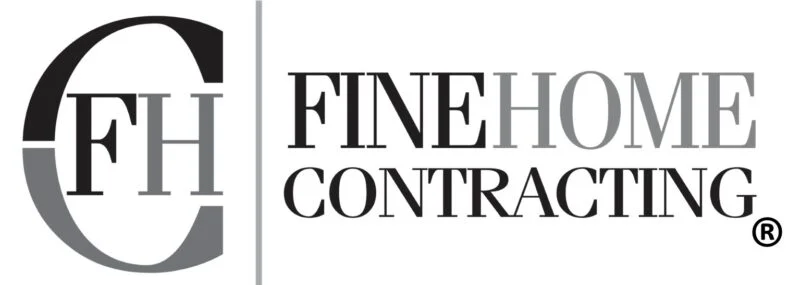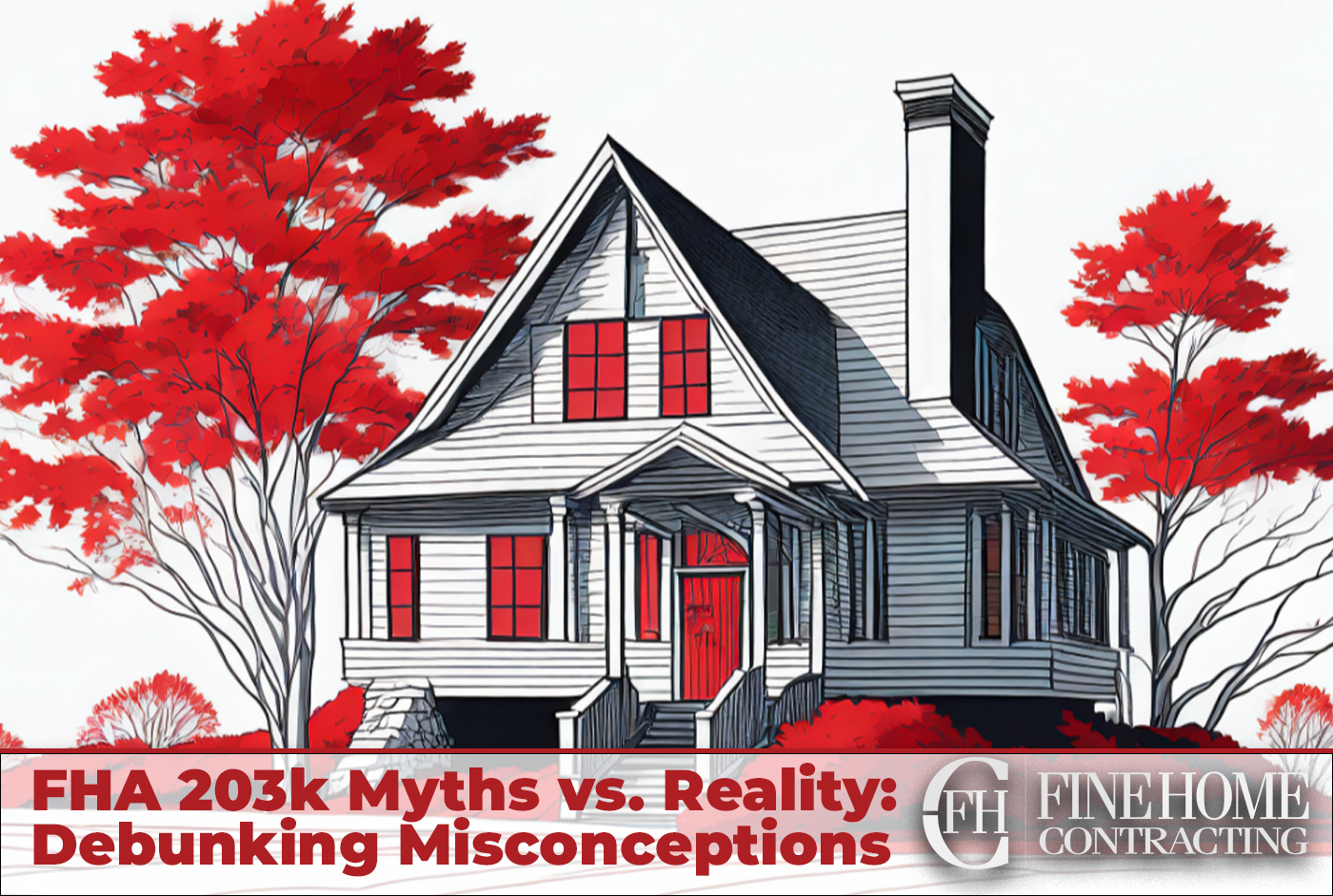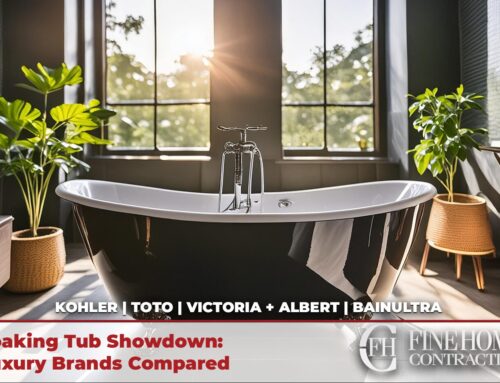Home renovation can be an exciting endeavor, but the financial aspects often bring confusion and misconceptions. One financing option that tends to be surrounded by myths and confusion is the FHA 203k loan. In this comprehensive guide, we will delve into the world of FHA 203k loans, debunking common myths and shedding light on the reality. Whether you’re a first-time homebuyer or a seasoned homeowner, understanding the facts about this loan will empower you to turn your renovation dreams into reality.
November, 2023 Update
Since the publication of this original guide on FHA 203k loans, there have been notable developments in the landscape of home renovation financing.
Current Interest Rate Trends
In the dynamic landscape of renovation loans, it’s crucial to stay attuned to the latest interest rate trends. As of the most recent data available, interest rates on renovation loans, including FHA 203k loans, have exhibited a trend of relative stability. While rates can fluctuate based on broader economic factors, many borrowers have benefited from competitive and favorable interest rates, making home renovation financing an increasingly attractive prospect. It is advisable for prospective borrowers to regularly monitor market trends and consult with financial experts or lenders to secure the most up-to-date information on interest rates before embarking on their renovation journey.
Expanded Financing Opportunities for Homes with Accessory Dwelling Units (ADUs)
In a notable development, there has been an expansion in mortgage financing options for homes incorporating Accessory Dwelling Units (ADUs). Accessory Dwelling Units, which include structures like in-law suites or separate living spaces within a property, are increasingly recognized as valuable additions to homes. Many mortgage lenders now offer specific financing solutions tailored to properties with ADUs. This update opens up new avenues for homeowners seeking to finance renovations that involve the incorporation of ADUs. It is recommended for those considering such projects to explore these specialized financing options, ensuring they align with the unique requirements associated with homes featuring Accessory Dwelling Units. As the housing landscape evolves, staying informed about these financing opportunities can play a crucial role in successfully realizing renovation plans.
FHA203ks are Only for First-Time Buyers
Myth: The FHA 203k loan is exclusively for first-time homebuyers.
Reality: While it’s a popular choice for first-time buyers, the FHA 203k loan is available to all eligible borrowers, regardless of previous homeownership. It’s a versatile financing option for anyone looking to rehabilitate or renovate a home.
The misconception that FHA 203k loans are limited to first-time buyers can deter experienced homeowners from exploring this financing option. It’s crucial to emphasize the inclusivity of the program, which is available to a wide range of borrowers. This flexibility makes FHA 203k loans a practical solution for various renovation projects, whether you’re a first-time or repeat buyer.
FHA 203k Loans Are Complicated and Time-Consuming
Myth: The FHA 203k loan process is overly complicated and time-consuming.
Reality: While the FHA 203k loan involves some paperwork and inspections, the process has become more streamlined in recent years. Many lenders are experienced in handling these loans efficiently, and with proper guidance, the process can be relatively straightforward.
The belief that FHA 203k loans are overly complex can discourage potential borrowers from exploring this financing option. It’s important to stress that, with the right guidance and an experienced lender, the process can be manageable. In fact, many borrowers find the benefits of FHA 203k loans well worth the effort, as they provide the opportunity to finance both the purchase of a home and its renovation costs in one loan.
Only Major Home Renovations Qualify
Myth: FHA 203k loans are only suitable for significant home renovations.
Reality: FHA 203k loans are flexible and can be used for projects of varying scales. You can finance both minor repairs and major renovations, making it a viable choice for a wide range of home improvement projects.
The misconception that FHA 203k loans are exclusively for major renovations can limit homeowners’ understanding of the loan’s potential. In reality, these loans are highly adaptable and cater to projects of all sizes, from minor repairs to extensive remodels. This adaptability allows borrowers to address a broad spectrum of home improvement needs, making the loan a versatile tool in the homeowner’s toolkit.
You Need a Perfect Credit Score to Qualify
Myth: Only borrowers with a perfect credit score can qualify for an FHA 203k loan.
Reality: While a good credit score is essential, it doesn’t have to be perfect. FHA 203k loans are generally more lenient when it comes to credit requirements. Lenders may consider borrowers with credit scores lower than what’s typically needed for traditional loans.
The belief that a perfect credit score is a non-negotiable requirement can discourage individuals with less-than-perfect credit from exploring FHA 203k loans. It’s essential to clarify that while good credit is important, these loans are generally more forgiving when it comes to credit history. Lenders often consider other factors, making the program accessible to a broader range of borrowers.
FHA 203k Loans Are Only for Certain Types of Properties
Myth: FHA 203k loans are limited to specific property types, such as single-family homes.
Reality: FHA 203k loans can be used to renovate various types of properties, including single-family homes, multi-unit properties, and even some condos. The key is that the property must meet certain criteria and pass an appraisal.
The misconception that FHA 203k loans are restricted to single-family homes can limit potential borrowers’ understanding of their eligibility. In reality, these loans are applicable to a variety of property types, including multi-unit buildings and some condos, provided they meet specific criteria. This flexibility extends the benefits of the program to a broader range of property options.
Down Payments Are Prohibitive
Myth: FHA 203k loans require prohibitively high down payments.
Reality: The down payment requirement for an FHA 203k loan is typically lower than what’s needed for conventional loans. It can be as low as 3.5% of the total project cost, making it a more accessible option for many borrowers.
The myth of prohibitively high down payments can deter potential borrowers who believe they need a substantial upfront investment to pursue an FHA 203k loan. In reality, the program offers a more accessible down payment requirement, allowing more homeowners to embark on renovation projects without a hefty initial financial burden.
FHA 203k Loans Are Only for Structural Repairs
Myth: FHA 203k loans are solely for structural repairs and cannot be used for cosmetic upgrades.
Reality: FHA 203k loans cover a wide range of improvements, including both structural and cosmetic. While safety-related repairs are a priority, you can also finance non-structural upgrades like kitchen remodels, bathroom renovations, or energy-efficient enhancements.
The misconception that FHA 203k loans are limited to structural repairs can discourage homeowners from considering this financing option for cosmetic enhancements. It’s important to highlight that these loans extend to both safety-related and non-structural improvements. This versatility allows borrowers to address a wide spectrum of renovation needs, from essential repairs to aesthetic upgrades.
In conclusion, the FHA 203k loan is a valuable tool for financing home renovations, but it’s essential to separate fact from fiction. If you’re looking at renovating an owner-occupied property, chances are that there’s a pathway there involving 203ks, and following that track can keep your interest rates low, your loans consolidated, and your renovation on schedule and under budget.
Yes, you can use a renovation loan to finance an investment property, particularly with Homestyle and Choice renovation loans, which are designed to accommodate not only owner-occupants but also investors and second-home buyers. These loan types offer the flexibility to finance a wide range of renovation projects, from basic repairs to extensive remodels, including luxury upgrades and improvements aimed at enhancing energy efficiency or disaster resilience. This makes them an attractive option for investors looking to increase the value of their properties or tailor them to specific rental markets.
FHA203k, Homestyle, and Choice renovation loans differ primarily in eligibility criteria, with FHA203k being more accessible for lower credit scores and focusing on 1-4 unit residential properties requiring various renovations, including structural changes. Homestyle loans cater to a broader audience including investors, offering higher loan limits and flexibility for nearly any type of renovation, including luxury updates, across diverse property types. Choice loans are similar to Homestyle in terms of flexibility and target audience but stand out for their emphasis on financing renovations that improve disaster resilience, energy efficiency, or accessibility, providing unique advantages for specific renovation goals.
Factors to consider include your credit score, the type and scale of your renovation, and your preferred interest rate structure.
The Standard 203k is suitable for major structural repairs, while the Limited 203k is ideal for minor renovations and cosmetic improvements. Standard 203ks may require a HUD inspection, but can exceed $35,000, while limited 203ks may not require an inspection, but cannot exceed $35,000.
Improving curb appeal on a budget can be achieved through landscaping, fresh paint, and small exterior updates, which typically cost between $1,000 to $5,000.
The cost of renovating a kitchen in CT can vary widely, but budget-friendly options often start at around $15,000, with more extensive upgrades averaging between $20,000 to $35,000.
Yes, an FHA 203k loan allows you to purchase and renovate a duplex in need of significant repairs.
The renovation timeline can vary, but it typically takes three to six months, depending on the extent of the renovations.
Remodeling an investment unit is a great way to attract higher-paying tenants: Current trends include open floor plans, energy-efficient features, and modern, durable finishes for both units.
The Standard 203k is for major renovations, while the Limited 203k is for less extensive projects on duplex properties. A limited 203k cannot exceed $35,000 in funding, but often does not require a certified HUD inspector as a standard 203k does.
Eligible renovations include structural repairs, room additions, energy efficiency upgrades, and much more. Consult your lender for a comprehensive list of qualified projects.
To qualify for an FHA 203(k) loan, you typically need a minimum credit score, sufficient income to cover loan payments, a property in need of renovation, and compliance with FHA lending limits.
The costs are similar to a traditional mortgage – down payment, closing costs, mortgage insurance. You’ll also pay the full costs of renovations on top.
The renovation period can range from 2-6 months. Simple cosmetic renovations may take 2-3 months, while larger projects replacing structural elements take 5-6 months.
No, 203(k) loans are only eligible for primary residences you plan to live in. Second homes or investment properties do not qualify.
You can qualify for a 203(k) loan with a credit score as low as 580. However, the higher your score, the better rate you’ll likely receive. Scores of 640+ are ideal.
Fine Home Contracting is one of Connecticut’s largest 203k contractors. For other options, we recommend checking 203kcontractors.com.
FHA203k Renovation Loans can be used for a variety of property types, including single-family homes, multi-unit properties (up to four units), and condominiums. However, the property must meet certain eligibility criteria, such as being the borrower’s primary residence or an investment property.
While it is possible to hire a contractor who is not familiar with 203k loans, it is advisable to work with a contractor experienced in handling such projects. Contractors who have prior experience with 203k loans understand the unique requirements and processes involved, which can help prevent delays and ensure a smoother renovation experience. Their expertise can also contribute to accurate cost estimates and adherence to FHA guidelines, reducing the risk of complications during the project. We always recommend using an FHA certified 203k specialist with good references.
A wide range of renovations can be financed through a 203k loan. Eligible improvements include structural repairs, room additions, kitchen and bathroom remodels, energy efficiency upgrades, and accessibility modifications. However, luxury improvements that are not considered necessary for the property’s functionality, such as a swimming pool or a tennis court, are generally not eligible for financing.
The duration of the renovation process with a 203k loan can vary depending on the complexity of the project and the contractor’s efficiency. On average, it may take several months to complete the renovation, including the time required for planning, obtaining permits, and carrying out the construction work. Working closely with your contractor and maintaining open communication can help ensure a smooth and timely renovation process.
Contractors working on a 203k loan project are paid through a specific payment process. Once the loan is approved, funds are typically held in an escrow account. The contractor submits invoices for completed work, and after verification, the lender releases funds to pay for the completed portion of the renovation. It’s crucial for contractors to keep accurate records, provide necessary documentation, and adhere to the agreed-upon payment schedule.
The cost of hiring a contractor for a 203k loan renovation can vary depending on factors such as the scope of work, location, and contractor’s rates. While it’s true that 203k contractors may charge higher fees due to their expertise in handling these specialized loans, it’s essential to consider the benefits they bring. They are experienced in navigating the complexities of 203k loans, ensuring compliance with FHA guidelines, and managing the renovation process efficiently.
Yes, it is possible to act as your own contractor on a 203k loan. However, it’s important to note that being your own contractor requires extensive knowledge of construction and project management. Additionally, you will need to meet the FHA guidelines for self-contracting, provide detailed plans and cost estimates, and assume full responsibility for the project’s successful completion.
The FHA 203k loan is a renovation or construction loan, that is backed by the Federal Housing Administration. Both buyers and refinancing customers can combine the traditional “home improvement” loan with a standard FHA mortgage, which allows the homeowners to borrow their renovation costs.








